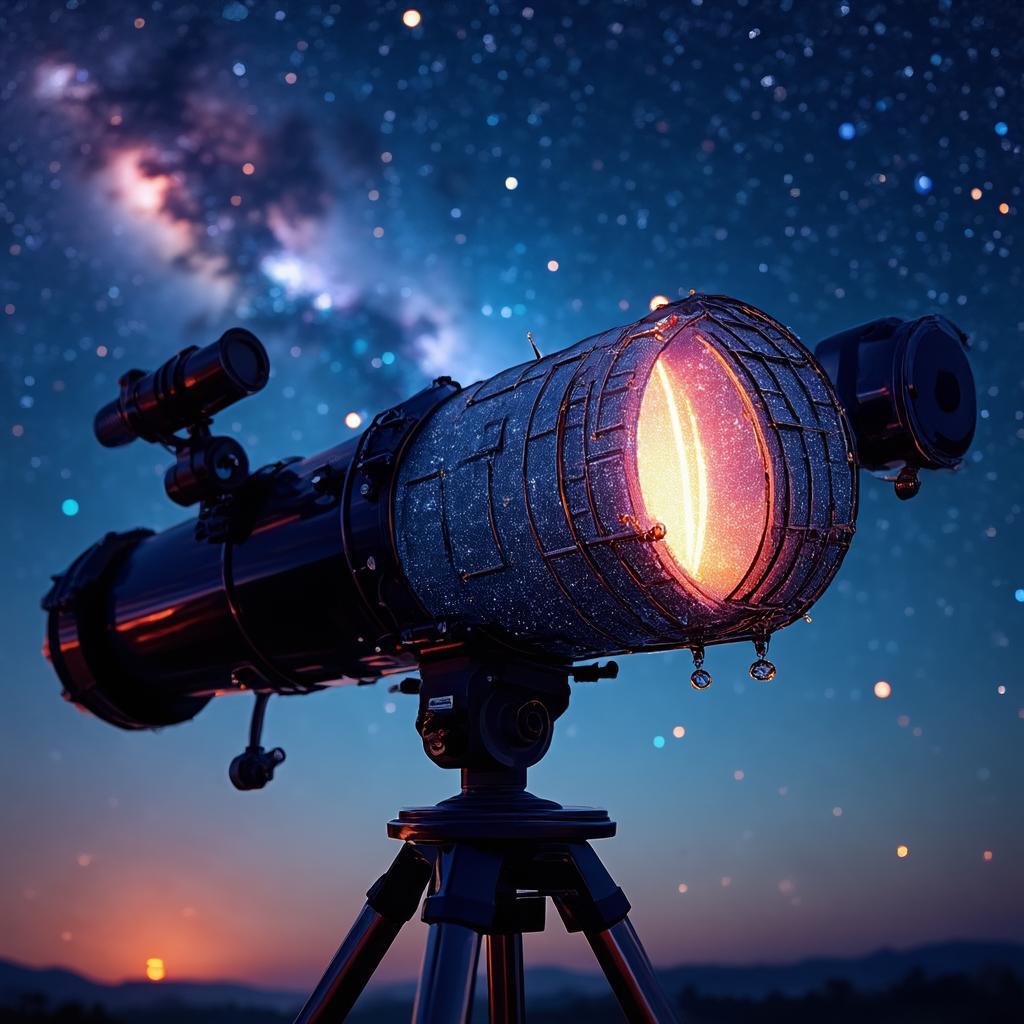NASA Seeks Public Input on Jet Research

A striking event in the realm of atmospheric science has unfolded as NASA recently announced the sighting of a rare phenomenon: gigantic jets, captured by astronaut Nicole Ayers from aboard the International Space Station (ISS) on July 3, 2025. This kind of atmospheric discharge, which occurs above thunderstorm clouds, has significant implications for our understanding of electrical phenomena in the upper atmosphere. The visual documentation of such rare occurrences not only enriches our scientific knowledge but also fuels public curiosity and excitement about space exploration.
Gigantic jets fall under the category of transient luminous events (TLEs), which also includes sprites, blue jets, and halos. While sprites—short-lived luminous discharges—are relatively rare, gigantic jets are even scarcer and occur higher up in the atmosphere, reaching altitudes of approximately 100 kilometers. These events help illuminate the complex interplay between thunderstorms and the upper atmosphere. By issuing a call for public contributions via the Spritacular website, NASA is inviting citizen scientists to share any photographic evidence they may have captured of such phenomena, enhancing the data pool and fostering a collaborative approach to scientific research.
The integration of public engagement in scientific discovery is particularly noteworthy. This initiative not only democratizes science but also serves to elevate public interest in space and atmospheric sciences. By harnessing the collective efforts of amateur photographers and those intrigued by such phenomena, NASA taps into a growing trend of citizen science that could lead to new insights and a deeper understanding of the atmospheric dynamics at play.
Read These Next

Experts Warn of Public Health Crisis Amid Trump Administration Cuts
Health experts warn that U.S. public health budget cuts may worsen foodborne illnesses and threaten national health standards.

Chinese Scientists Use Amateur Telescopes for 3D Satellites
Chinese scientists have successfully reconstructed the 3D trajectories of satellite observations using amateur telescopes, indicating a move toward inclusivity in space research.

Smart Monitoring Tackles Overgrazing Precisely
This commentary highlights the significance of a new smart monitoring system for managing overgrazing and its potential ecological impacts, connecting technological innovation with sustainability efforts.
